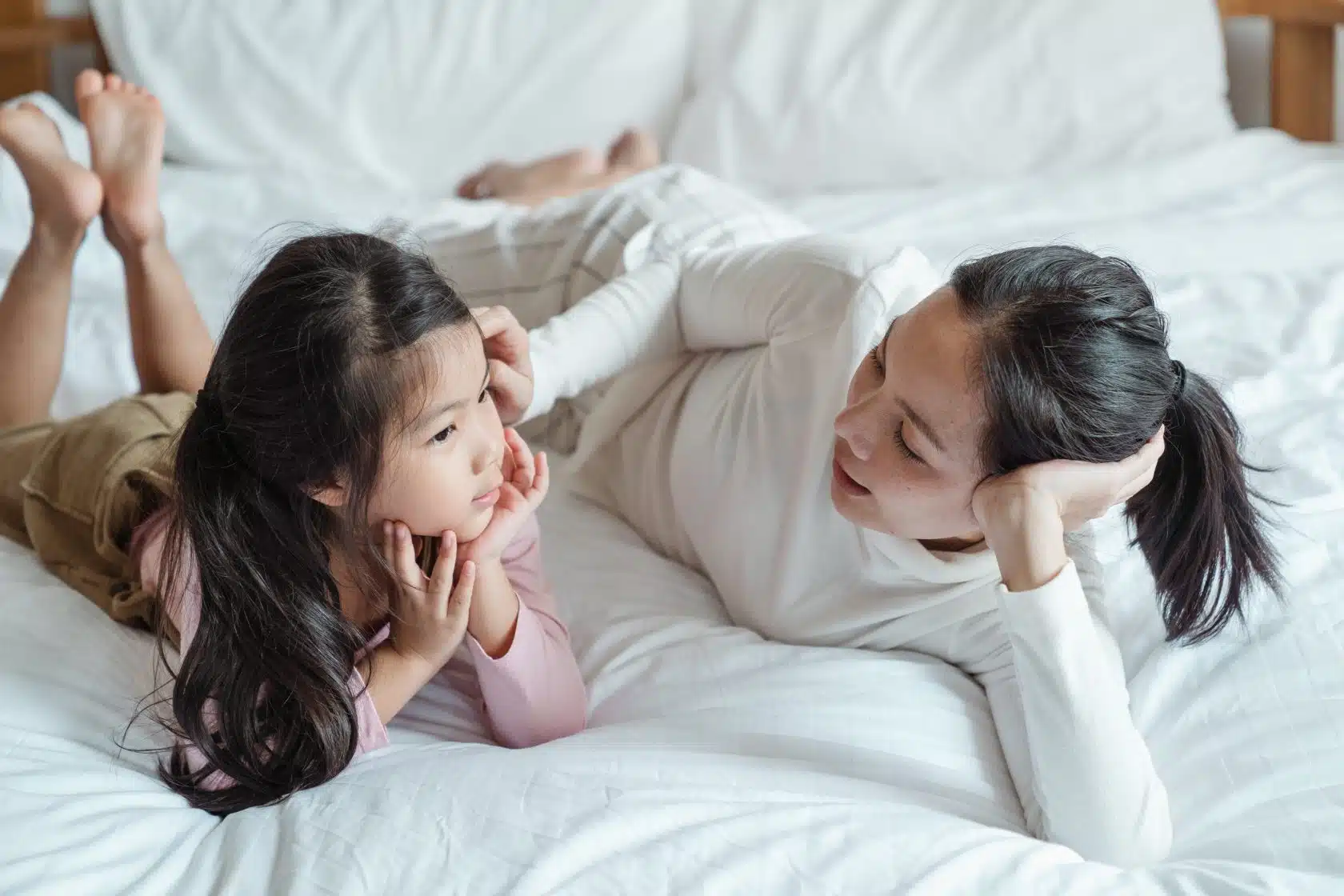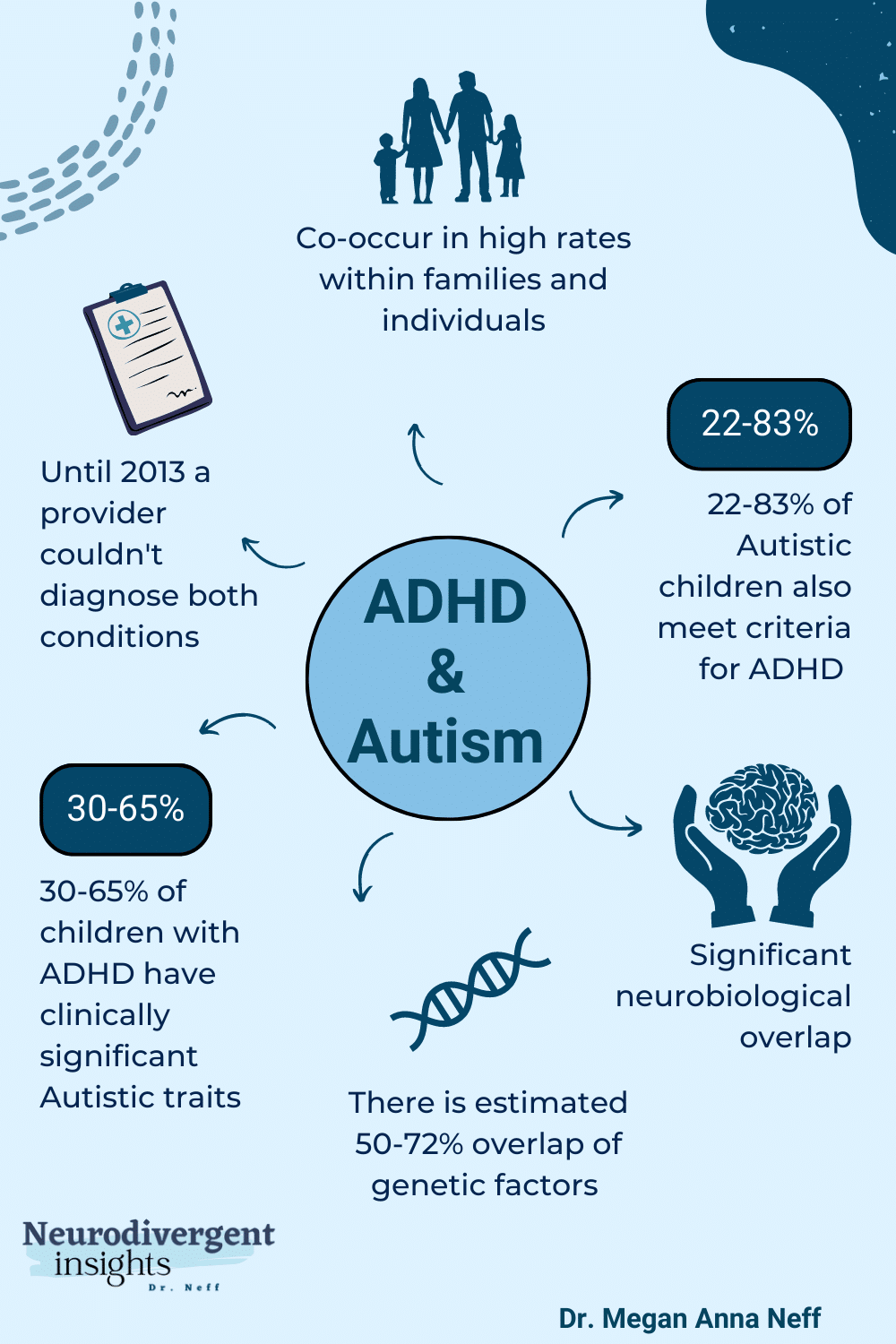Verbal routines are structured and predictable ways of communication for individuals with special needs. Here are some common signs and instances of verbal routines:
- Repetitive phrases: Repeating the same phrases like “What’s your name?” or “How are you?” over and over.
- Scripted language: Using language memorized from books, TV shows, or movies in inappropriate situations.
- Echolalia: Repeating words or phrases heard recently or in the past, either immediately or with a delay. It can serve as self-stimulation or a means of communication.
- Comfort and predictability: Verbal routines offer comfort and predictability in social situations, allowing individuals to know what to expect and how to respond.
- Difficulty with social interaction: Excessive reliance on verbal routines can hinder spontaneous conversation and appropriate responses to social cues.
For instance, a child with autism may repeat a favorite line from a cartoon or constantly ask the same question seeking reassurance. Similarly, a child with Down syndrome may initiate a conversation using a scripted line but struggle with unexpected questions or comments.
This post was originally published on April 14, 2023. It was updated on Jan. 22,2024.















